Giant Ichneumon Wasp (Megarhyssa macrurus) Ovipositing
Giant Ichneumon wasp (Megaryssa macrurus, Linneaus 1771) ovipositing. 10th of August 2013, Georgia State Botanical Garden, Athens, GA. 3:47 pm. This observation has been registered in iNaturalist.org with ID# 418639. Oviposition marks the beginning of the life cycle of all insects including parasitoid wasps. Females of Megarryhssa macrurus (Hymenoptera: Ichneumonidae) are specialized to lay their eggs in the burrows of wood eating Pigeon Tremex Horntail (Tremex columba) larvae between June and September. Only one egg is deposited per host larva […]

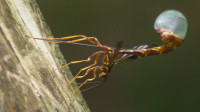
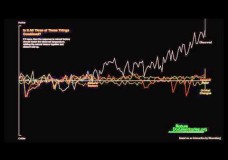
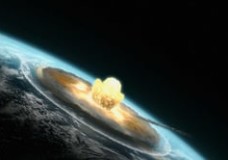


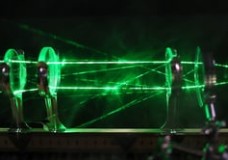

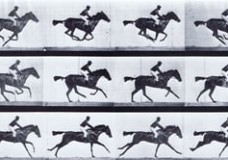


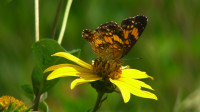

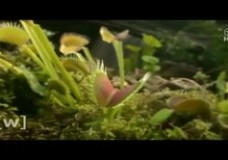
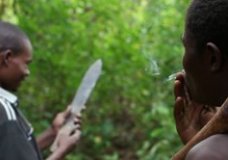


Recent Comments